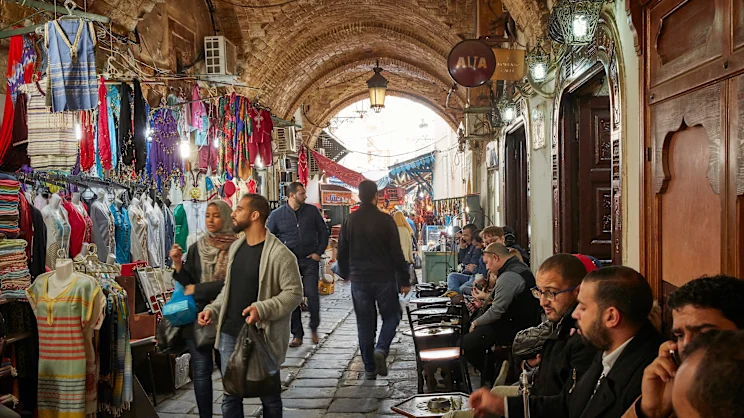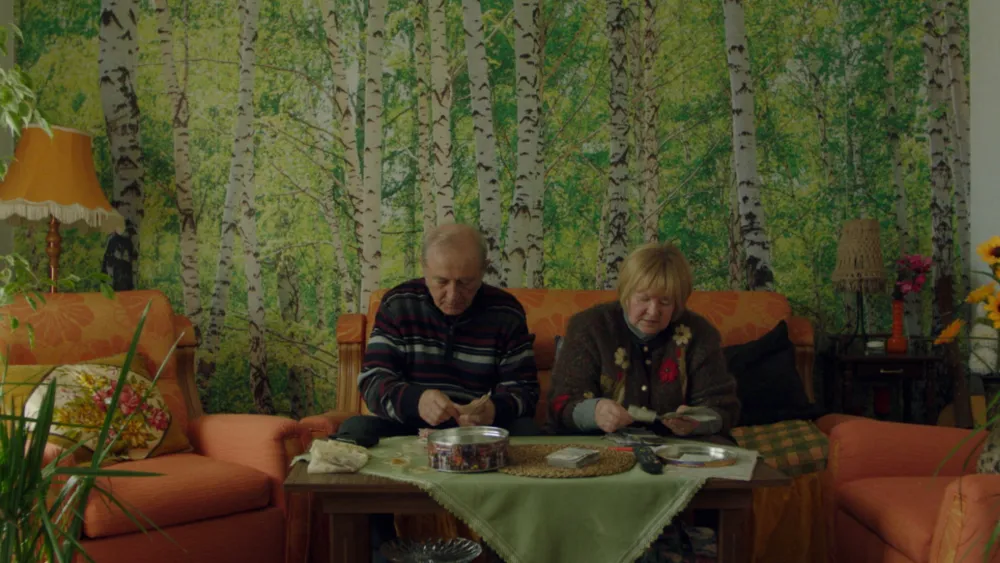Copyright brisbanetimes

Bougainvillea vines wind prettily across archways that lead into cafe-filled piazzas that once served as open marketplaces, not all their stories so pretty. Up to 7 million people passed through Tunisia’s slavers’ markets before the practice’s abolition in 1846, says Monta Cherni, my guide on this journey with Intrepid Travel. The majority of them were from the Balkans, he says, traded through Tunis by Portuguese privateers, Ottoman opportunists and the rogue Barbary pirates who patrolled the coastline of north Africa. “So you’ll find Tunisian people with blue eyes, dark skin or light hair,” says Monta. With his wide, aquamarine eyes and cheekbones so high and sharp you could carve rock with them, he’s a living result of this crossroads. After a recce with the group, I find myself returning again and again to the medina, solo and again with my new tour buddy, Leah. We’re seeking out one of Tunis’ oldest cafes, Dar El Mnouchi, following Monta’s curious directions: walk past north Africa’s oldest mosque, Al-Zaytuna, through the Turkish market and on to the old slaver’s market (now the town’s gold market). When you hit the linen market, Souq el Leffa, duck through a low door and you’ve found the cafe. The air is sweet with shisha smoke, the walls are covered in tiles. A tile aficionado, even for me it’s an overwhelming riot. Richly coloured, floor to ceiling, tiles, glorious tiles. On the tiles in the cafe’s many alcoves, I spy the tree of life, musicians, oxen with human faces, countless different geometric formations and a backdrop for young Tunisians watching football and drinking mint tea, gossiping in the cavern-like cafe that has provided respite since it was built as a caravanserai or inn, in the 16th century.



